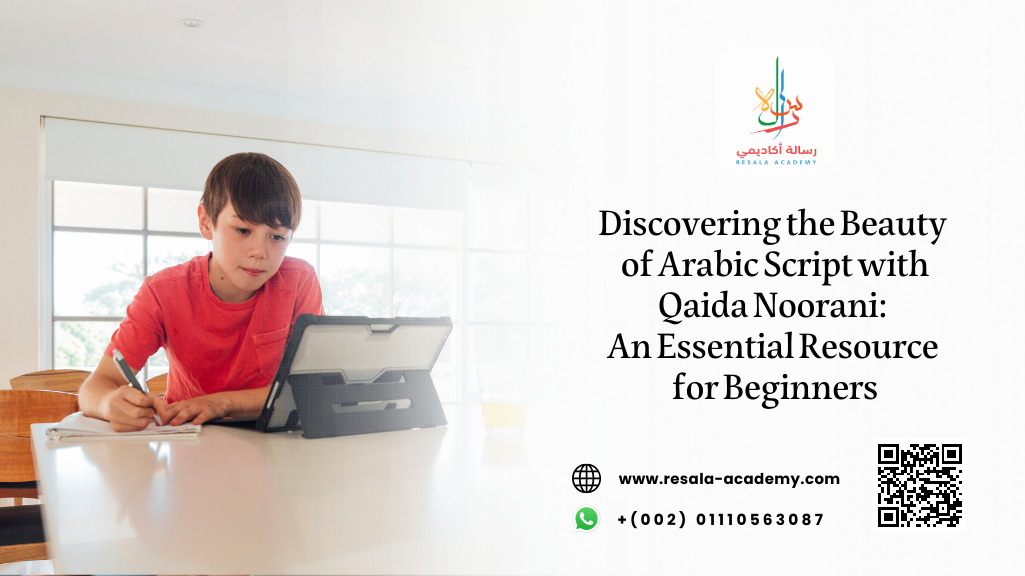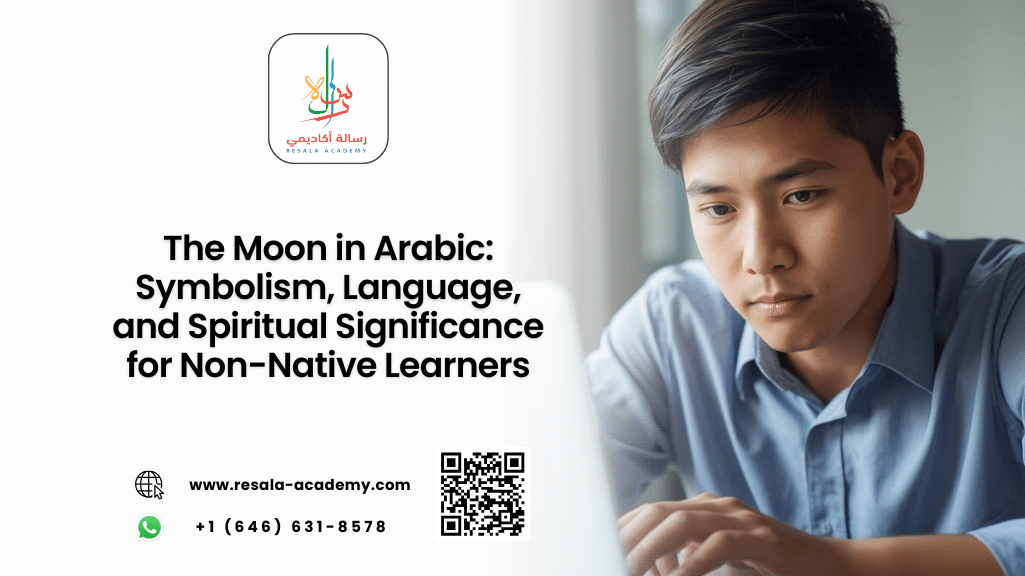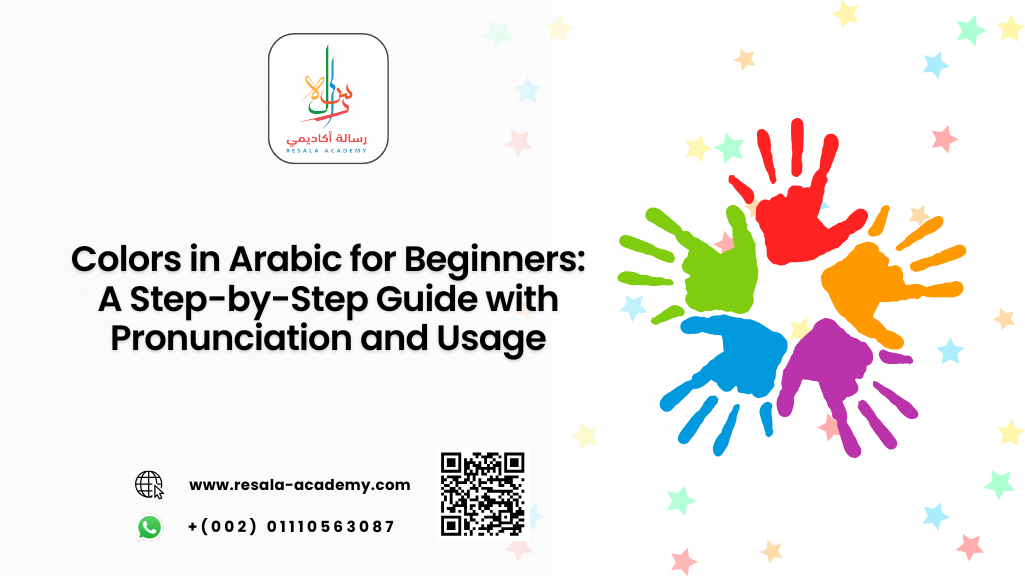Table of Contents
Seen Arabic Letter: A Deep Dive into the Letter س in Arabic Language
The Arabic language is rich, poetic, and deeply rooted in history. One of its most fascinating aspects is its unique alphabet, composed of 28 letters. Among these, the Seen Arabic letter (س) stands out for its frequent use, phonetic beauty, and linguistic versatility. Whether you’re a beginner or an advanced learner, understanding the letter س is essential for mastering Arabic pronunciation, reading, and writing.
In this comprehensive guide, we’ll explore everything you need to know about the Seen Arabic letter, from its pronunciation and usage to its cultural significance. This article is designed especially for non-native speakers who are passionate about learning Arabic. We’ll also introduce you to Resala Academy, a premier online institution for Arabic and Quranic studies, to help you on your journey.
What is the Seen Arabic Letter (س)?
The Seen Arabic letter, written as س, is the twelfth letter of the Arabic alphabet. It corresponds to the English “S” sound, as in the word “sun.” The letter is a consonant and is pronounced with a soft, hissing sound produced by the tongue touching the upper teeth.
In Arabic, each letter can take different forms depending on its position in a word. The letter Seen is no exception and is used extensively in both Modern Standard Arabic and Classical Arabic.
Key Characteristics:
- Phonetic sound: /s/
- Position in the alphabet: 12th
- Numeric value in Abjad system: 60
- Direction of writing: Right to left
How to Pronounce the Letter Seen (س)
Pronunciation is a cornerstone of Arabic fluency. The Seen Arabic letter is pronounced similarly to the English “S,” but with a slightly sharper sound. It is a voiceless alveolar fricative, meaning that it is produced without vibrating the vocal cords.
Pronunciation Tips:
- Place the tip of your tongue close to the upper front teeth.
- Push air through the narrow space between the tongue and teeth.
- Avoid vibrating your vocal cords.
Example:
- Arabic: سَمَاء
- Transliteration: samā’
- English: sky
You can listen to the pronunciation of the letter س in this audio resource.
Forms of the Letter Seen in Arabic Script
Like many Arabic letters, Seen changes its shape depending on its position in a word. Here are the four forms:
| Position | Form | Example | Transliteration | English |
|---|---|---|---|---|
| Isolated | س | سيف | sayf | sword |
| Initial | سـ | سيارة | sayyārah | car |
| Medial | ـسـ | مدرسة | madrasa | school |
| Final | ـس | درس | dars | lesson |
Understanding these forms is crucial for reading and writing Arabic fluently.
Common Arabic Words that Use the Letter Seen
The Seen Arabic letter appears in countless Arabic words. Here are some commonly used terms that include this letter:
- سلام (salām) – peace
- سريع (sarī‘) – fast
- سؤال (su’āl) – question
- سعيد (sa‘īd) – happy
- سوق (sūq) – market
These words are not only useful in daily conversation but also appear frequently in Arabic literature and media.
Read more about: Arabic Letter Taa Explained: Pronunciation, Writing, and Common Mistakes
Seen in Quranic Verses
The letter Seen appears in numerous verses of the Quran, making it essential for learners interested in Quranic Arabic.
Example Verse:
Arabic: سُبْحَانَ اللَّهِ عَمَّا يَصِفُونَ
Transliteration: Subḥāna Allāhi ‘ammā yaṣifūn
Translation: Glory be to Allah above what they describe.
(Surah As-Saffat 37:159)
In this verse, the word سُبْحَانَ begins with the letter Seen, emphasizing its spiritual and linguistic importance.
Seen vs. Similar Arabic Letters
Arabic learners often confuse Seen (س) with similar-looking or sounding letters. Let’s clarify the differences:
| Letter | Arabic | Sound | English Equivalent | Notes |
|---|---|---|---|---|
| Seen | س | /s/ | S as in “sun” | Soft, hissing |
| Sheen | ش | /ʃ/ | SH as in “ship” | Has three dots above |
| Sad | ص | /sˤ/ | Emphatic S | Deeper, heavier sound |
Visual Tip:
- س has no dots.
- ش has three dots above.
- ص is thicker and has a more angular shape.
Why Learn the Arabic Alphabet with Resala Academy?
Learning Arabic can be a daunting task, especially for non-native speakers. That’s where Resala Academy comes in. As a leading online platform for Arabic and Quranic education, Resala Academy offers structured, interactive, and engaging courses tailored to your level and goals.
Why Choose Resala Academy?
✅ Native Arabic-speaking instructors
✅ Live one-on-one and group classes
✅ Flexible scheduling
✅ Quran memorization and Tajweed courses
✅ Courses for kids and adults
Whether you’re a beginner or looking to refine your skills, Resala Academy provides the tools and support you need to succeed.
Advanced Linguistic Insights into the Seen Arabic Letter
The Seen Arabic letter (س) holds a unique phonological and morphological role in Arabic linguistics, especially in root-based word formation and verb conjugation. For learners aiming to deepen their understanding of Arabic structure, analyzing how Seen functions within triliteral roots offers valuable insight:
▪️ Root Morphology: Seen frequently appears as the first or second letter in three-letter roots (جذر), such as س-ل-م (s-l-m) meaning “peace” or “submission,” which forms words like إسلام (Islam), مسلم (Muslim), and سلام (peace).
▪️ Verb Patterns: In verb forms, Seen is often used in Form X verbs (استفعل), such as استسلم (istaslama) meaning “to surrender,” where it contributes to the passive or reflexive meaning.
▪️ Semantic Fields: Words containing the letter Seen often relate to concepts of movement, sound, or clarity—e.g., سمع (sami‘a) meaning “to hear” and سهل (sahl) meaning “easy”—highlighting its phonetic symbolism.
▪️ Lexical Frequency: Seen ranks among the top ten most frequently used letters in Modern Standard Arabic, making it essential for vocabulary acquisition and reading fluency.
Cultural and Calligraphic Significance of Seen in Arabic Tradition
Beyond its linguistic function, the Seen Arabic letter carries cultural and artistic significance, particularly in Arabic calligraphy and Islamic art. Understanding these dimensions enriches a learner’s appreciation of Arabic as both a language and a cultural heritage:
▪️ Calligraphic Styles: In traditional scripts like Naskh and Diwani, the letter Seen is stylized with elegant curves and flowing lines, often used to demonstrate a calligrapher’s skill due to its fluid form.
▪️ Symbolic Use in Art: Seen is sometimes featured in Islamic geometric patterns and calligraphic compositions, especially in verses like “سُبْحَانَ اللَّهِ” (Subḥān Allāh), where its aesthetic form enhances spiritual expression.
▪️ Educational Mnemonics: Arabic teachers often use visual mnemonics involving the shape of Seen—described as resembling a wave or snake—to help non-native learners remember its form and sound.
▪️ Digital Typography: In modern Arabic fonts, the rendering of Seen varies subtly across platforms, making it a useful case study for students interested in Arabic digital literacy and script evolution.
These deeper perspectives on the Seen Arabic letter not only support linguistic mastery but also connect learners to the broader cultural and artistic landscape of the Arabic-speaking world.
Your Gateway to Arabic Mastery: Enroll with Resala Academy Today!
Are you ready to master the Seen Arabic letter and unlock the beauty of the Arabic language? Don’t let confusion or lack of guidance hold you back. Join thousands of learners worldwide who trust Resala Academy to guide them on their Arabic journey.
🔹 Learn at your own pace
🔹 Get personalized feedback
🔹 Access Quranic and conversational Arabic
🔹 Join a community of passionate learners
👉 Click here to enroll now and take the first step toward fluency with Resala Academy!
FAQs
1. What sound does the Seen Arabic letter make?
The Seen Arabic letter (س) makes a soft /s/ sound, similar to the English “S” in “sun.” It is a voiceless consonant and is easy to pronounce for English speakers.
2. How can I differentiate between Seen (س) and Sheen (ش)?
The main difference is in the dots. Seen (س) has no dots, while Sheen (ش) has three dots above it. Phonetically, Seen sounds like “S” and Sheen like “SH.”
3. Is the letter Seen used in Quranic Arabic?
Yes, the letter Seen appears frequently in the Quran, in words like سُبْحَانَ (glory) and سَمَاء (sky). Learning its pronunciation is important for proper Quranic recitation.
4. Can I learn Arabic letters online?
Absolutely! Platforms like Resala Academy offer comprehensive online courses that teach Arabic letters, pronunciation, grammar, and Quranic studies through live sessions with native instructors.
5. What are some easy words to practice the letter Seen?
Here are a few beginner-friendly words:
- سَمَك (samak) – fish
- سَاعَة (sā‘ah) – clock
- سَهْل (sahl) – easy
- سِرّ (sirr) – secret
Practice writing and pronouncing these words to get comfortable with the letter س.
Conclusion
The Seen Arabic letter (س) is more than just a character in the Arabic alphabet—it’s a gateway to understanding the language’s structure, sound, and beauty. From everyday vocabulary to sacred Quranic verses, Seen plays a vital role in Arabic communication.
For non-native speakers, learning Arabic can be a transformative journey. With expert guidance, structured lessons, and cultural immersion, you can achieve fluency and confidence. That’s why Resala Academy is your ideal partner in this linguistic adventure.
Whether you’re learning Arabic for religious, academic, or personal reasons, mastering the letter Seen is a step in the right direction. Enroll today and let your Arabic journey begin with Resala Academy—where language meets legacy.
Stay curious. Stay consistent. Stay connected with Resala Academy.




